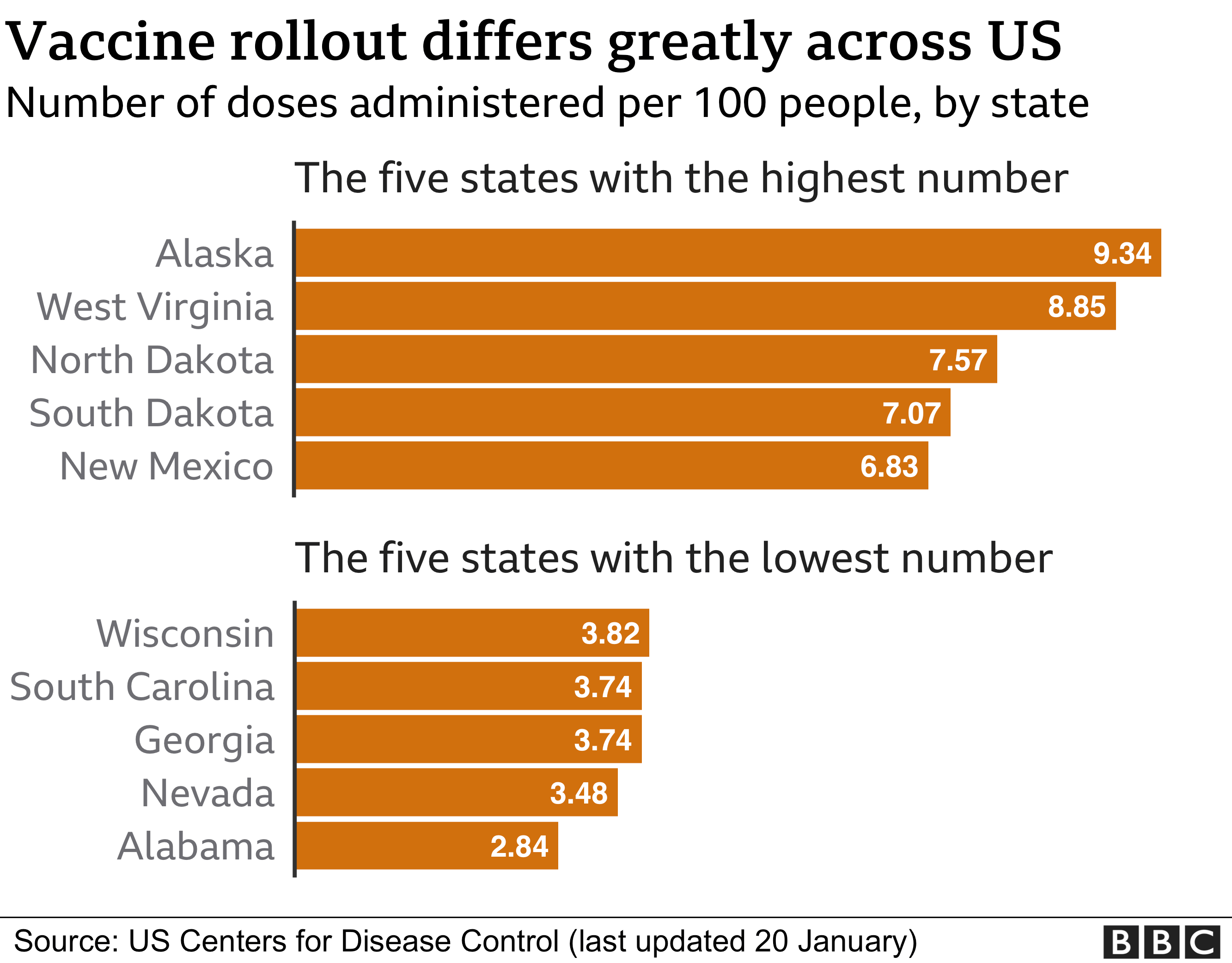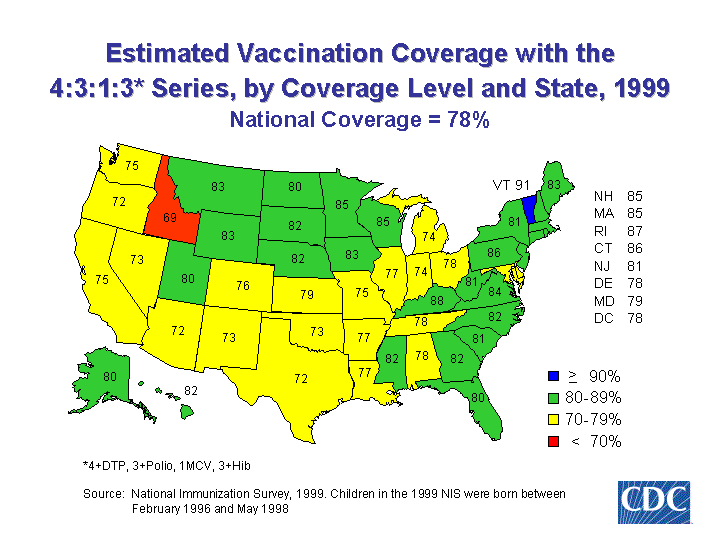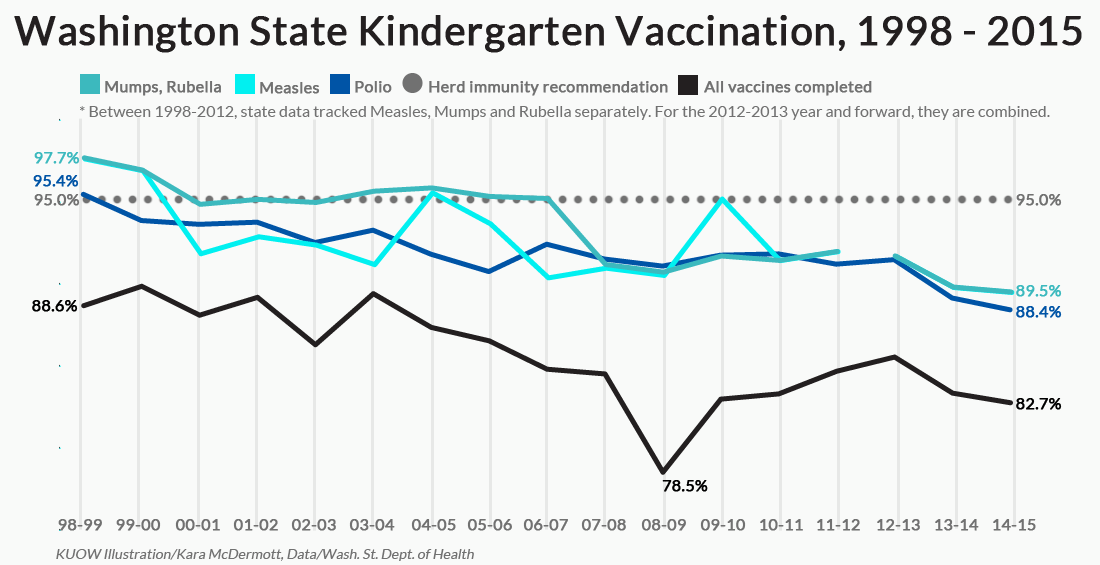


Among this group, 61% of booster recipients were White, 8% were Black, 8% were Asian, 15% were Hispanic, and AIAN and NHOPI people made up less than 1% of recipients (0.7% and 0.3%, respectively). Race/ethnicity data was available for 89% of people who have received their first booster dose as of July 6, 2022. The CDC also reports the race/ethnicity of people who have received an additional/booster vaccine dose at the federal level. Children ages 6 months to 5 years old became eligible for vaccination on June 18, 2022, but CDC had not yet begun reporting vaccination data for this group as of the time of this update. However, CDC does not currently report race/ethnicity of vaccinated children. The overall share of vaccinated people who are Asian is similar to their share of total population (7% and 6%, respectively), while they make up a larger share of people who recently got vaccinated (11%) (Figure 1).įor children, CDC reports that as of July 6, 2022, 37% of children ages 5-11 and 70% of children ages 12-17 have received at least one COVID-19 vaccine dose. Black people make up 10% of people who recently received a vaccination, which is the same as their share of people who have received at least one dose (10%), and smaller than their share of the total population (12%), Hispanic people make up a larger share of vaccinated people (21%) and people who recently received a vaccination (23%) compared to their share of the total population (19%). White people make up a smaller share of people who have received at least one dose (55%) and people who have recently received a vaccination (48%) compared to their share of the total population (59%). CDC reports that as of July 6, 2022, race/ethnicity was known for 75% of people who had received at least one dose of the vaccine.

The CDC reports demographic characteristics, including race/ethnicity, of people receiving COVID-19 vaccinations at the national level, including both people who have received one dose and people who have been recently vaccinated (initiated within the last 14 days). Federal Data on COVID-19 Vaccinations by Race/Ethnicity This data note presents federal data on COVID-19 vaccinations and booster doses by race/ethnicity and state reported data on COVID-19 vaccinations, COVID-19 vaccinations among children, and booster shot recipients by race/ethnicity, where available.

Moreover, some states have reduced the frequency of their reporting of vaccinations by race/ethnicity or stopped reporting these data, further limiting data available to understand vaccination patterns. However, to date, limited data are available to examine racial disparities among booster shot recipients and children. With first booster shot eligibility expanded to all individuals, and vaccinations authorized for people ages 6 months and older, ensuring equity in the uptake of booster shots and vaccinations among children is also important. Over the course of the vaccination rollout, Black and Hispanic people have been less likely than their White counterparts to receive a vaccine, but these disparities have narrowed over time and reversed for Hispanic people. As the United States navigates another Omicron wave, individuals who have not received any booster dose are at higher risk of infection from the virus, and people who remain unvaccinated continue to be at particularly high risk for infection, severe illness, and death. While vaccination coverage increased in the first half of 2022, vaccination and booster uptake has leveled off and remains uneven across the country. As of this week, federal data from the Centers for Disease Control and Prevention (CDC) show that 78% of the total population in the United States have received at least one dose of a COVID-19 vaccine.


 0 kommentar(er)
0 kommentar(er)
